Occupational therapist Irene Díaz González explains in this article her work, how she practices the home occupational therapy and how she integrates the NeuronUP platform into it.
My work as an occupational therapist is aimed at older adults in the context of their home. I do home occupational therapy. I provide therapy tailored to the person, individualized and comprehensive, that is, I intervene in the area the person needs.
As you know, the main goal of occupational therapy is to achieve that the person is as independent as possible in their activities of daily living. And what is that?
Activities of daily living:
Activities of daily living are all the activities a person carries out daily from when they get up until they go to bed, including getting up and going to bed.
They are everyday tasks such as:
- Personal care (feeding oneself, dressing, bathing, maintaining hygiene when defecating, urinating, etc.), which encompass the basic ADLs.
We can say these activities are essential for life, respond to more basic instincts, require a lower level of organization and are simpler.
- Home care (cooking, tidying the house, shopping, washing, etc.) and other tasks (managing medication, handling money, going on outings, working, etc.), called instrumental ADLs.
These require a greater degree of organization than the previous ones (basic ADLs) and vary depending on the environment in which we move. Thus, for example, public transportation is not handled the same way in a city as in a rural area and, even, handling money is different in both settings. We can say, then, that these activities are necessary for life in society.
Doing as many activities as possible is very important, because by carrying out tasks as simple as dusting or eating, at the same time we are reinforcing, maintaining or stimulating other very important aspects without realizing it:
- We create motivation to surpass ourselves and carry out activities independently;
- we connect with our environment,
- we strengthen relationships with others and with ourselves,
- we work on reflexes,
- we coordinate gross movements and also fine movements,
- we exercise sensory perception through the senses,
- we are oriented in time, space and person,
- we promote cognitive abilities such as memory, attention, concentration, judgment, organization and problem solving.
With all of the above, the general level of independence for carrying out activities of daily living is maintained.
The more activities we perform, the more we will remain ourselves.
I work on all of this in each occupational therapy session, with individualized therapy completely tailored to the person.
We will be more independent the more activities we can perform ourselves.
This is the best way to combat pathological ageing, such as cases of Alzheimer’s, Parkinson’s or other age-related diseases. Patients and/or their families get in touch with me because they show some difficulty in performing an activity of daily living. That difficulty may be reflected in one or several of the following functional components:
Functional components:
1. Sensorimotor component:
- Neuromuscular reflexes,
- postural control,
- motor coordination,
- activity tolerance,
- awareness through the senses,
- perceptual skills
- etc.
2. Cognitive components and cognitive integration:
- Orientation,
- recognition,
- intellectual operations,
- problem solving,
- attention
- etc.
3. Psychological components and psychosocial skills:
- Interests and goals,
- values,
- self-concept,
- social (conversation, social behavior)
- etc.
Considering each patient’s situation, the activities will be aimed at improving the functional components that hinder that person’s daily life.
Home occupational therapy with NeuronUP
As I have explained above, it may be the case that a person is limited in some activity of daily living, not due to something physical, but because of a cognitive problem. It may be, for example, that a person is unable to dress themselves because they are not able to plan the order of putting on clothes well. They may be unable to cook because they do not remember well whether they have added salt to the food or not. Or they may need supervision when shopping because they do not handle money well.
All these examples, and those related to cognitive factors, can be worked on online every day from home, thanks to NeuronUP2GO (NeuronUP home sessions). That is, home occupational therapy can be applied.
Examples of activities to work on in home occupational therapy
1. Get Dressed
What does it involve?
With the NeuronUP activity Get Dressed we can virtually dress a character.
We are presented with different situations, it may be going to bed, to the beach, to the mountain, and various garments that we must appropriately choose for the situation and put on the character in the proper order.

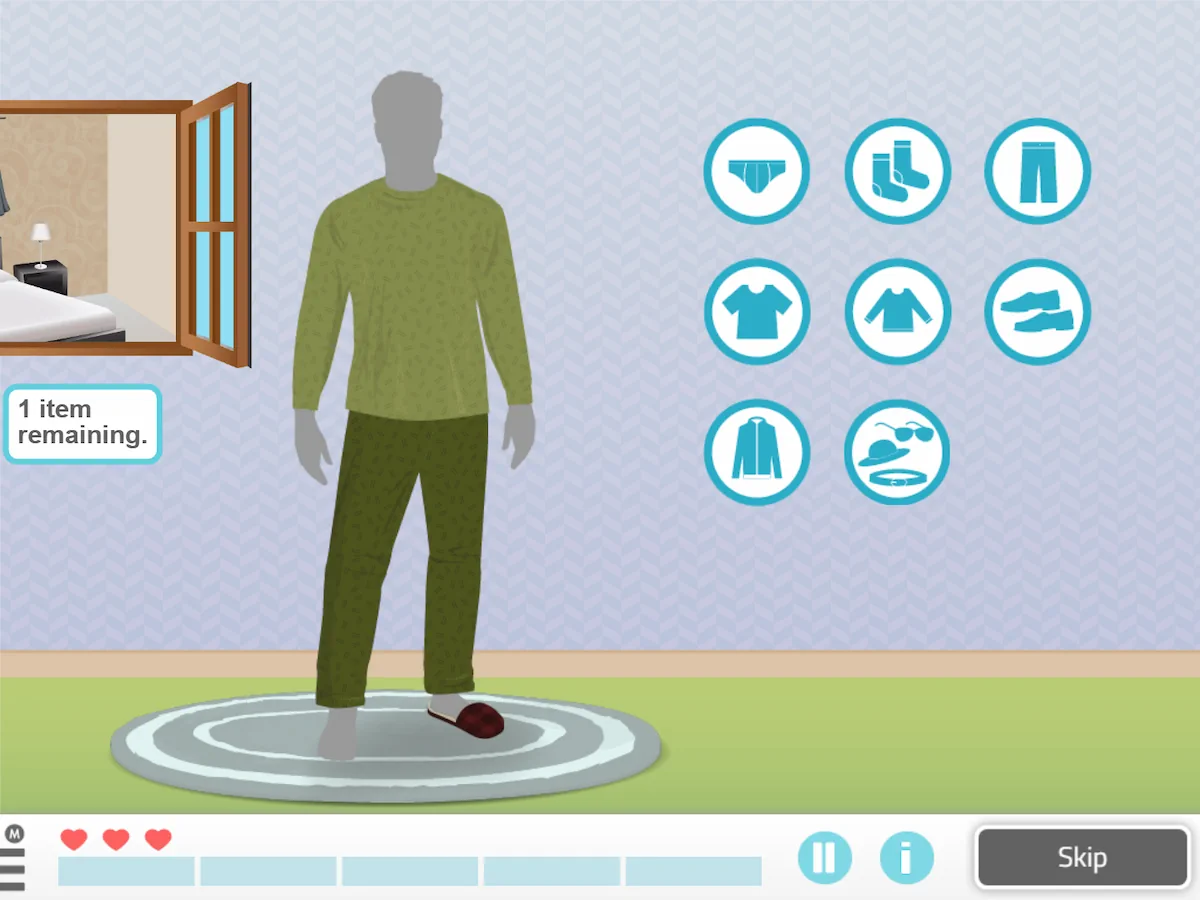
What does this activity work on?
With this activity we work on the dressing activity, planning, decision-making and body schema.
2. Accurate Payments
The activity proposed by NeuronUP, Accurate Payments, is also very interesting.
What does it involve?
This activity consists of calculating the exact money for an amount. For example, they give you the amount of €159.96 and you have to place the bills and coins that correspond to reach that amount.
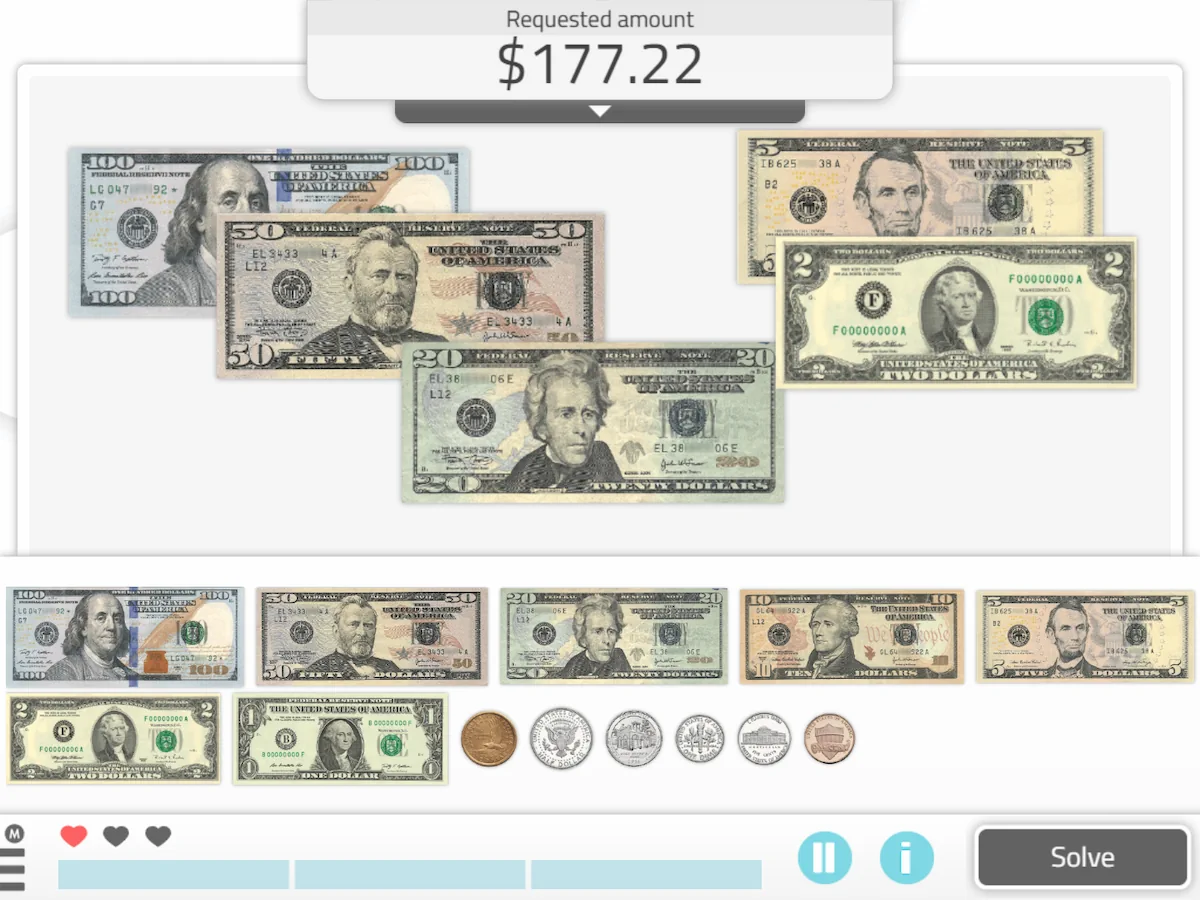
What does this activity work on?
This exercise works on shopping, working memory, and planning.
And like this, many more activities that are found on the platform. Thanks to the NeuronUP home sessions I can schedule sessions for my patients with activities adapted in difficulty, according to what they need.
The pandemic period has not been all bad; rather it has taught us new ways of living. Among them, using the screen more to do online therapy. Without a doubt, another opportunity to improve.
If you liked this article about home occupational therapy, you may also be interested in the following articles:
“This article has been translated. Link to the original article in Spanish:”
Terapia ocupacional a domicilio: qué es y cómo se trabaja

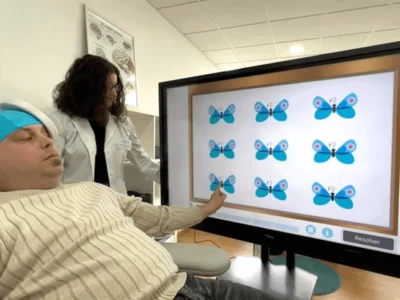
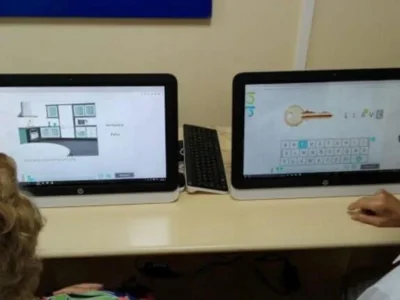
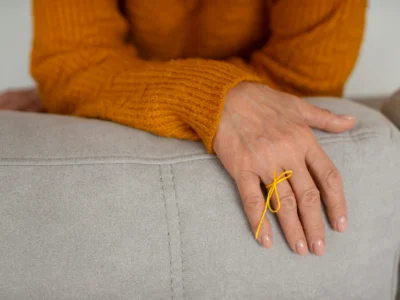


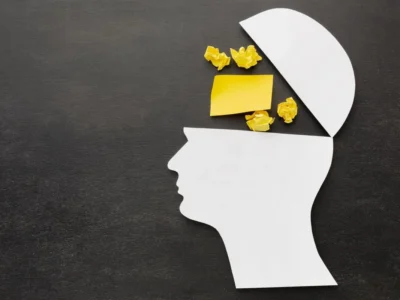
 What is optogenetics?
What is optogenetics?
Leave a Reply